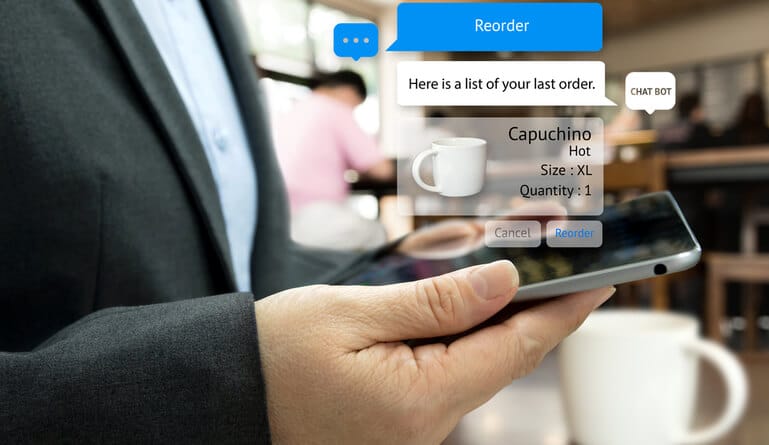Businesses use strategy to impact all areas of the organization; from strategies that grow brand awareness at the top of the funnel to strategies that help drive conversion at the end of the buyer’s journey, businesses are constantly balancing their efforts to ensure that they’ve effectively touched on the strategies that support the most critical parts of their business.
Businesses who’ve adopted chatbots have seen an impact in several areas of their business, from customer service to analytics. While some businesses started out with using chatbots as a way to provide more consistent service to customers and stay more available to their audience, chatbot business integration has become increasingly important in a successful conversion strategy. In fact, some businesses see a chatbot conversion rate up to 3x more than the average 2% conversion rate of non-optimized websites. Here are some ways that chatbots contribute to a higher conversion rate.
The importance of integrating a chatbot in a conversion strategy
There are several methods that a business can use to use chatbots to successfully drive conversions.
1. Integrating with other tools
Using a chatbot on your website can be powerful, but chatbots can also be built to run in other messenger platforms, like Facebook. If you’re looking to increase conversion rates, it’s possible that increasing customer interactions and meeting them in spaces they’re already engaging with brands – like on Facebook – can grow your successful conversions.
2. Engaging in local languages
Chatbots can be programmed to engage in customer conversations in different languages. This is a huge benefit for businesses that are operating internationally. Not only does it offer customers options, which empowers most consumers, but it also gives many of them an easier way of engaging with your brand. With more options and greater accessibility through native language capabilities, brands can capture a larger conversion rate.
3. Using the right engagement methods
According to Martech Series, the context and content of the conversation that a chatbot offers will have a big impact on conversion. This sounds like common sense – of course, the chat part of the chatbot will have a significant role to play. But what that role is will vary with every business and their goals. Martech Series notes, “By positioning your chatbot on different pages at the right locations, you can engage your visitors with personalized suggestions and offers while they are viewing items on your site. For example, if a user is looking for shoes on your website, the bot could ask relevant questions to learn more about their preferences while they are browsing.”
4. Connection with CRM
Chatbots Life notes that finding a better way to integrate chatbots into your conversion strategy starts with better integration with existing sales applications, like CRM software. They note, “By integrating the virtual assistant to the CRM, most of the information can be managed from one single place. For example, with Hubspot, you can create a workflow that transfers contacts and information from the virtual assistant directly to the account without having to manually copy and paste information…The two main advantages for customer service have to do with saving time and the possibility of using a chatbot not only to reply to messages from customers but also to gather information relevant to your CRM.”
5. Using automation and analytics
Chatbots Life goes on to say, “Chatbots are an excellent tool for lead generation and nurturing. When someone gets in touch with your chatbot to learn more about your product and service deals, the chatbot can be configured to request contact details through a form that rates the contact type.” Sometimes chatbots offer businesses contacts and lead that they may not have gotten otherwise. Additionally, using analytics to better discover what questions customers are asking and what chatbots are being used for in terms of customer interactions (are customers asking for tracking information on an order, asking about shipping costs, asking about inventory, or using chatbots to follow a series of recommendations based on their site search history?) can point to better ways to meet customer needs and improve conversion.
Conversion is a necessary part of a business – without converting your audience, you don’t have the revenue you need to be a successful business. Using chatbots as part of your conversion strategy can increase your conversion rates and drive customer satisfaction and loyalty, which can drive future conversions. A healthy business employs different methods of engagement and tools to help interact with customers, gather data, automate the sales cycle, and more. A mix of elements that help support these goals is ideal and integrating a chatbot into the strategy can be extremely useful and powerful, particularly when driving and growing conversion success.





